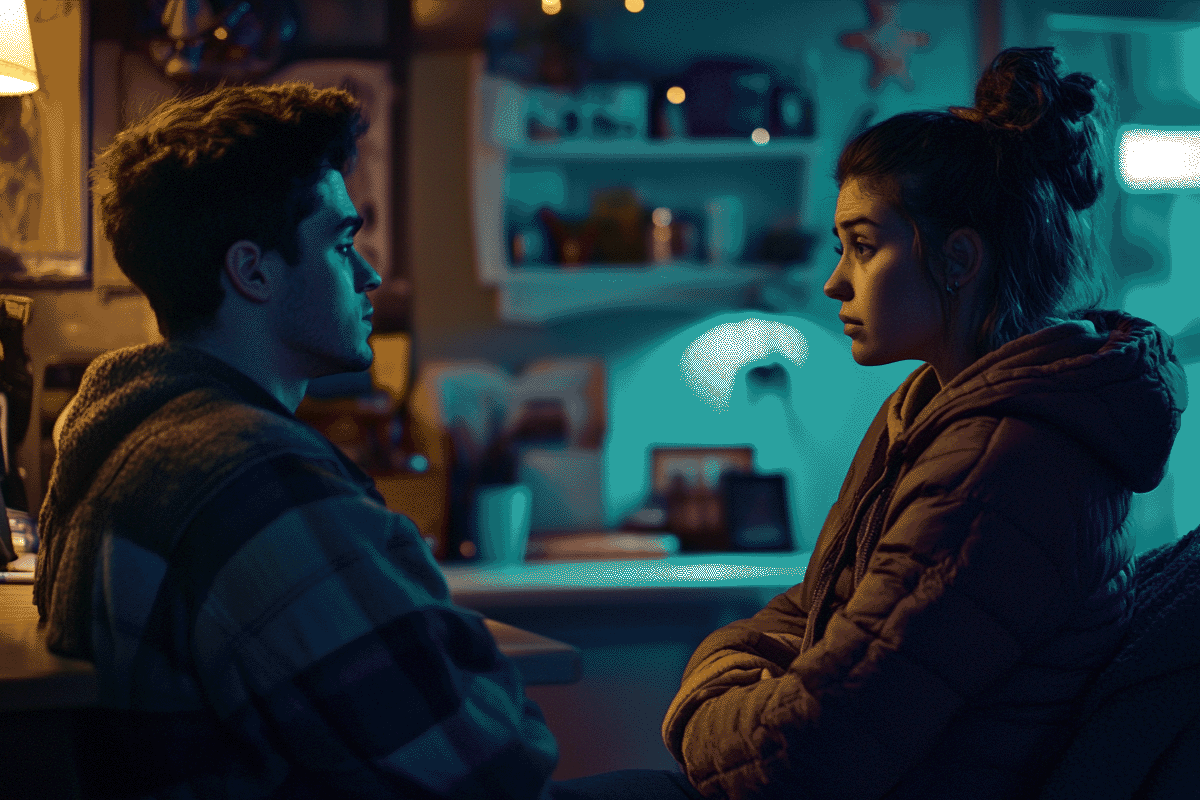Mastering the Art of Scene Progression
- 4 minutes read - 647 words
Table of Contents
In the craft of storytelling, every scene is a symphony of moments, each contributing to the overall narrative. These moments are known as beats, and they are the heartbeat of any compelling scene. Beats are the small, significant actions, dialogue exchanges, or emotional shifts that propel the scene forward, creating a dynamic rhythm and pacing that keeps the audience engaged.
Understanding Beats
A beat can be as subtle as a glance or as dramatic as a confession. It can be a line of dialogue that reveals a character’s true intentions, a physical action that changes the course of events, or an emotional shift that deepens the story’s resonance. Each beat is a moment of change, a turning point that adds layers of detail and progression to the scene.
The Power of Beats in Dialogue
Consider a scene where two characters are arguing. Each point made in the argument is a beat. The first character might accuse the other of something, creating a beat. The second character might defend themselves, creating another beat. As the argument escalates, each beat builds upon the previous one, creating a dynamic and engaging exchange that drives the scene forward.
For example:
Character A: “You never listen to me!” (Beat 1)
Character B: “That’s not true! I always listen, but you never explain yourself clearly.” (Beat 2)
Character A: “I shouldn’t have to explain everything. You should just understand.” (Beat 3)
Character B: “How can I understand if you don’t communicate?” (Beat 4)
Each line of dialogue is a beat, pushing the argument forward and revealing more about the characters and their relationship.
Beats in Physical Action
Beats aren’t limited to dialogue. Physical actions can also serve as beats. For instance, in a tense scene, a character might reach for a weapon, creating a beat that escalates the tension. Another character might step in to intervene, creating another beat that changes the dynamic of the scene.
Emotional Shifts as Beats
Emotional shifts are another powerful form of beats. A character might start a scene feeling confident but end up feeling vulnerable. Each emotional shift is a beat that adds depth and complexity to the character and the scene.
Crafting Scenes with Beats
When crafting a scene, think about the beats that will drive it forward. What are the moments of change that will keep the audience engaged? How will each beat build upon the previous one to create a compelling rhythm?
Here are a few tips for using beats effectively:
Identify the Goal: Know what you want to achieve with each beat. Is it to reveal character, advance the plot, or create tension?
Vary the Beats: Mix dialogue, physical actions, and emotional shifts to create a varied and engaging scene.
Escalate the Beats: Build tension by escalating the beats. Each beat should raise the stakes or deepen the conflict.
Resolve the Beats: Make sure each beat leads to a resolution, whether it’s a resolution of the conflict or a new understanding between characters.
Conclusion
Beats are the rhythm of the scene, the moments that keep the story moving forward and the audience engaged. By understanding and effectively using beats, you can create dynamic, compelling scenes that resonate with your audience. Whether through dialogue, physical action, or emotional shifts, beats are the heartbeat of your story, bringing it to life one moment at a time.


